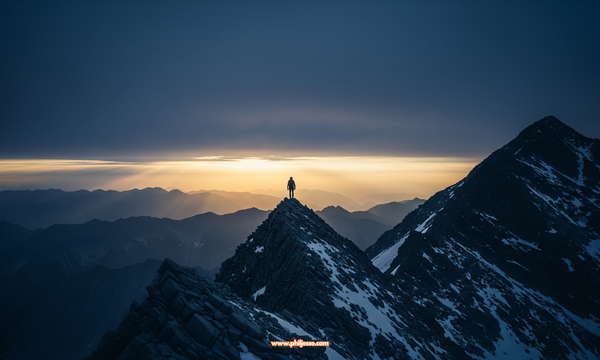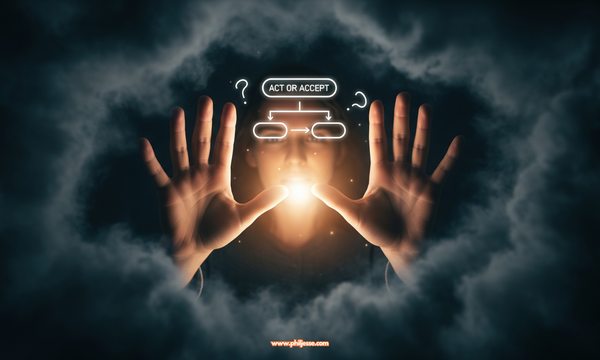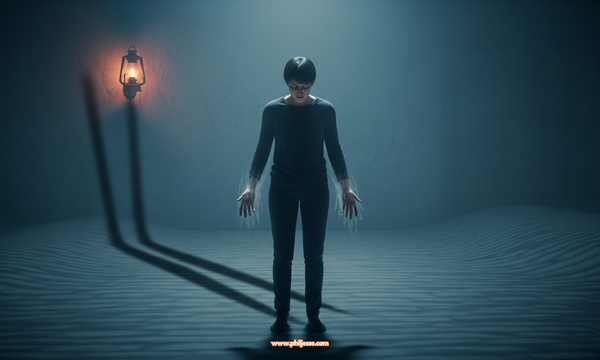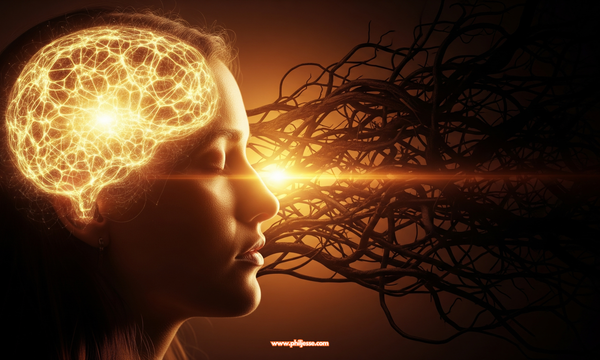Your Mind, Your Sanctuary: Creating Inner Calm with Visualisation
Overwhelmed by modern life? Discover the power of visualisation to create a mental safe space for calm and resilience. Learn actionable mind power techniques from mindset coach Phil Jessé to manage stress and anxiety naturally, drawing on science and real-world experience.
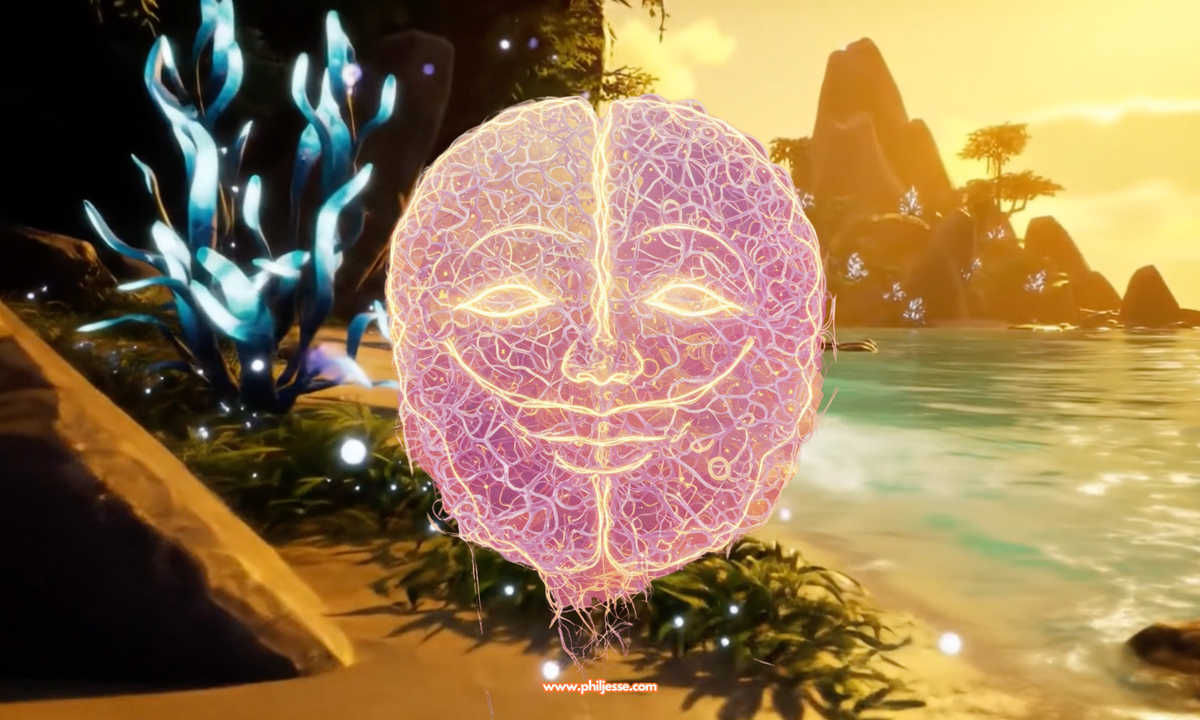
Modern life often feels demanding, doesn't it? The constant stream of information, the juggling of responsibilities at work and home, the pressure to keep up – it can leave us feeling stretched thin. It's understandable why feelings of stress, anxiety, and overwhelm become frequent visitors for many of us navigating these daily currents. We find ourselves searching, often instinctively, for ways to cope, for moments of quiet amidst the noise.
Many seek solace in familiar comforts. There’s a reason, after all, why tv shows like 'Friends' remain a go-to binge-watch for millions – they offer a predictable dose of warmth, connection, and feel-good moments, a temporary escape. But what if you could create a reliable source of calm and comfort within yourself? What if you could build a mental safe space, a sanctuary accessible anytime, anywhere, using the most powerful tool you possess – your own mind?
This isn't about wishful thinking or ignoring difficulties. It’s about understanding and harnessing the incredible power of visualisation. It's about learning to consciously shape your inner world to navigate the outer world with greater resilience and peace. It’s about realising that you hold the blueprint and the tools to build your own inner sanctuary. Let's explore how.


